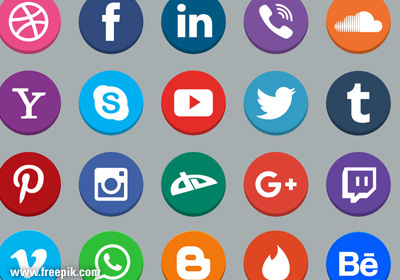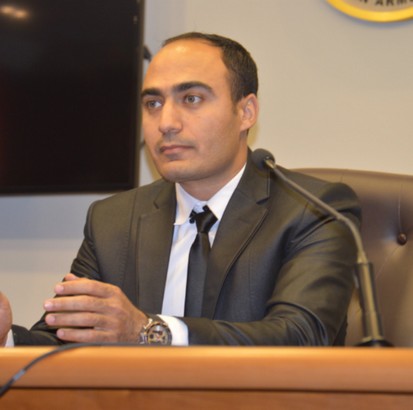Tips for Digital Media Localization for Arabic Audiences
Digital media plays an important role in the global economy, its primary goal is to capture the attention of audiences. Companies invest significant resources in digital assets and many take a multichannel approach in order to boost their reach.
In the MENA region, there are more than 135 million Arabic speakers accessing the internet. Those speakers represent a large opportunity for companies with global websites and mobile applications.
Your digital content should not only be translated into Arabic, it should also adapted and localized to your targeted audiences in the MENA region. In this blog, I will cover some tips for localizing your digital content for Arabic speaking audiences.

Choosing Your Channel
You will need to first define the best channel (social media, email, blogs, videos, etc.) for reaching your targeted audiences. Research shows that the majority of people in the Arab world respond to direct messages more than emails. So if you decide to target this part of the globe, you should consider social media. Facebook is still one of the dominant social media platforms used by a wide spectrum of global audiences. The use of Twitter and Google+ has diminished some in the MENA region, while Instagram has risen significantly in popularity, especially among young adults in the countries of Egypt, Qatar, Saudi Arabia, Lebanon, Tunisia and the UAE.
You should also utilize video marketing. Video marketing is very efficient in the Middle East. Using video marketing and creating Arabic videos is an effective strategy for your digital marketing efforts.
Tips for Creating Digital Media for Arabic Speaking Audiences
When you’re preparing your digital media campaigns for Arabic audiences, consider the following tips:
- There are specific images to avoid when marketing to the Arabic culture. In the Gulf region, it’s not acceptable to use pictures of scantily clad women, not even for medical purposes. For example, a German medical center specializing in women’s plastic surgeries had to alter an image of a naked woman on their website once they made the decision to launch a new branch in the Gulf region.
- Be very cautious when using religious symbols. When you’re trying to increase your business in Muslim majority countries using an image of a mosque in sarcastic cartoons is sure to be offensive. You don’t want to have to issue statements of clarifications to tell people your intentions behind pictures published on your website or social channels.
- Spend an adequate amount of time researching the complexities of the Arabic language and its dialects to develop your keyword list. There are many dialects of Arabic, so it’s important to develop a keyword list based on the dialect of the region you are targeting.
- Work with your website development team to consider your website’s right-to-left language capabilities and address issues that may make Arabic content look corrupted or truncated on your website.
- You should also be completely aware of the local government regulations regarding the use of language in commercials. For example, the government in Saudi Arabia has imposed the use of Arabic as the main language in all business dealings. As a result, companies who design or print their marketing campaign slogans in English or in Franco Arabic (Arabic written with English letters), will spend large amounts of their limited budgets to re-do their campaign in a way the government authorities will approve of.
Don’t Forget Post-DTP QA
Last but not least, global companies typically work with professional localization agencies, but they sometimes leave out an important final step after design teams who don’t speak the target language design their logos and symbols. This important final step is called “post-DTP QA”, where native speakers of the language have a final look at the ready-to-print files before sending for printing. Without this step, you may find odd stickers on global brands that may not even be readable in Arabic. So it’s important to do a final QA with native speakers to ensure your message is well-received.
